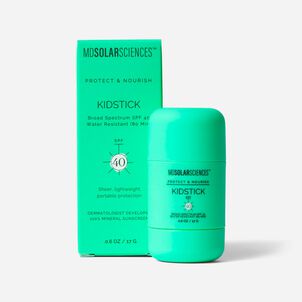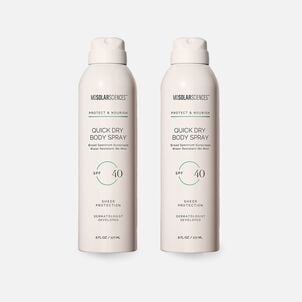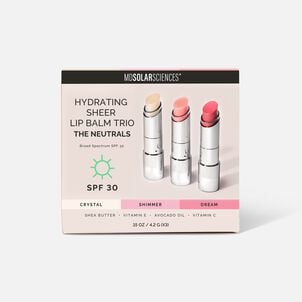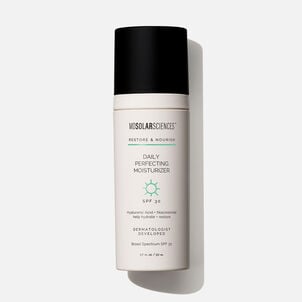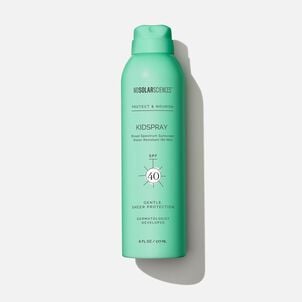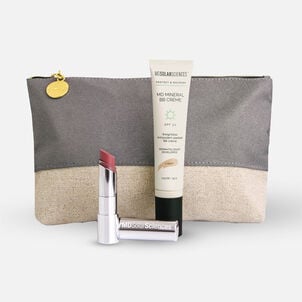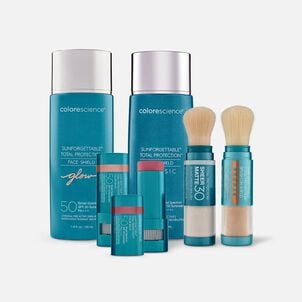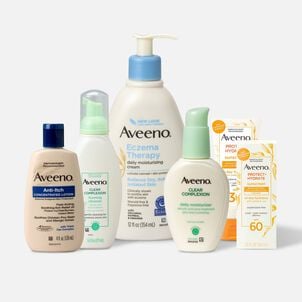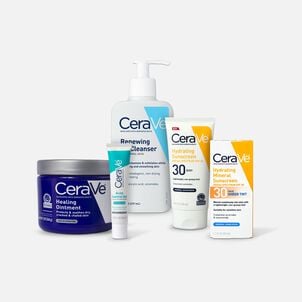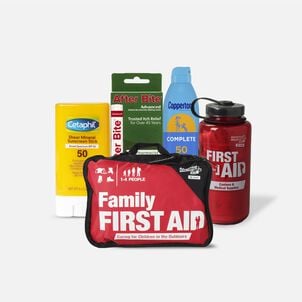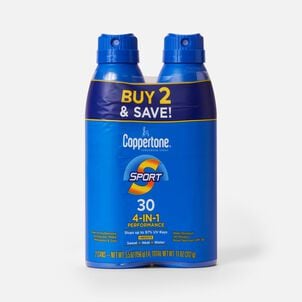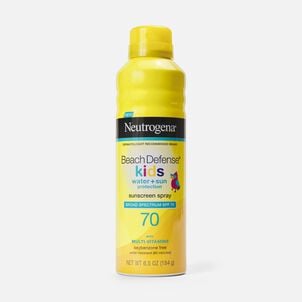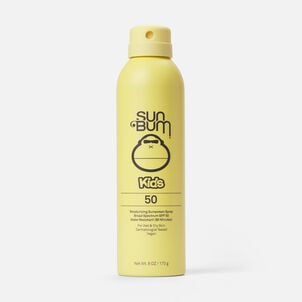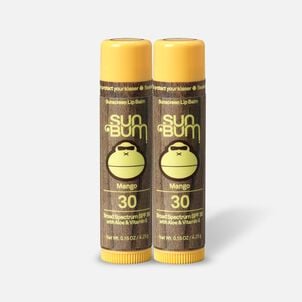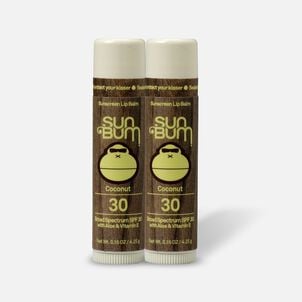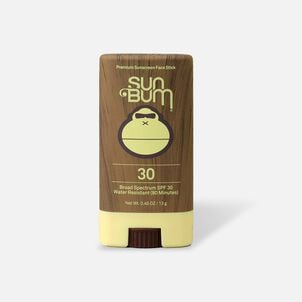"Do I really need to wear sunscreen all year long?"
We hear that a lot around here. Which is why we're even more motivated to remind readers of just how important year-round sun care really is. Because even though most of the country spends the winter months covered in layers of warm clothing, any exposed skin is still at risk of damage if it's not protected.
Whether it's sun glare from snowy hills, or just raw, irritated skin from bitter air and wind, cold weather months can take their toll. So, we recommend finding a proven line of year-round sun care products to keep your skin safe, even when you think you're completely covered.
MDSolarSciences, founded by noted dermatologist Dr. Robert J. Friedman, is responsible for a growing line of highly effective skin care solutions that can be used year-round to prevent sunburns, skin aging and skin cancers. With the 12/31 flexible spending account (FSA) deadline just around the corner, the company wants to remind account holders about the importance of year-round sun care and to take this opportunity to spend your remaining funds on qualifying sun care products.
What makes sunscreen FSA-eligible? It all comes down to prevention of sunburn and other medical conditions. If a sunscreen is SPF 15+ and offers broad spectrum protection against UVA/UVB rays, it's eligible! Let's dive and learn more about how these products protect your and your family from the sun's rays year-round.
Understanding "broad spectrum"
Ultraviolet light rays that travel from the sun can be classified by their length; the long-wave rays are UVA and the short rays are UVB. Together they make up the spectrum, but individually each damage our skin in different ways.
UVB: Causes burning
These short, intense rays cause painful sunburns on the top layer of skin. In the summer these rays are stronger—and they're also stronger at higher altitudes -- which is why you can get a sunburn while skiing!
UVA: Causes aging
These rays feel less intense than UVB rays that cause sunburns, but they make up 95% of the radiation that reaches the earth. Since UVA rays are longer, they penetrate the skin more deeply, which leads to cumulative damage and noticeable signs of aging like brown spots and wrinkles. While you might not feel these rays burning your skin, UVA rays are consistent throughout the year and can pass through clouds and even glass.
Since we need protection from both types of rays, it's important to choose a broad-spectrum sunscreen. (It's also a key part in determining which sunscreens are FSA-eligible. Only a broad-spectrum product keeps you safe from both types of rays.)
The mineral sunscreen difference
In recent years, mineral sunscreen has emerged as one of the top eco-friendly sun care products on the market. But how does it differ from traditional sunscreen and is it just as effective?
In addition to having different active ingredients to combat UV rays, mineral sunscreen has a unique texture that is different from chemical sunscreens that feel more like a moisturizing lotion. Mineral sunscreens utilize active ingredients like zinc oxide and titanium oxide, and as such have a different texture than chemical variants. Dr. Friedman knew the best sunscreen is "the one you actually want to wear," so MDSolarSciences products are formulated to feel truly amazing when on, fitting seamlessly into your everyday skin care routine.
However, the key difference with mineral sunscreen is that while chemical versions are absorbed into the skin, mineral sunscreen sits on top of the skin layers and forms a physical barrier reflecting or scattering the UV rays.
So, they may be safer choices for those with sensitive skin, as well as small children. Lastly, because mineral sunscreen uses active ingredients that are derived from natural materials, it is eco-friendly and safe to wear everywhere.
MDSolarSciences products never use oxybenzone or octinoxate, two chemicals commonly found in sunscreens that can irritate skin and have been proven harmful to coral reefs. Also, MDSolarSciences' proprietary formulations are oil- and fragrance-free, water-resistant and lightweight, and won't leave a white, chalky film like many mineral-based sunscreens.
Yes, you need sunscreen in the winter
Even when it's cold outside, the sun doesn't care that it's not beach season. Snow and ski-related sunburns can be a real problem if you're not careful. But you can keep these problems away if you use a few precautions.
Winter sunburns often happen from the snow itself, because snow is an excellent reflector of sunlight. This means not only are you getting rays directly from the sun, you're also getting UV hitting you from all directions.
Of course, many people think they're safe because they're covered in layers. But don't forget about your eyes and face. Not only should you keep using FSA-eligible sunscreen all year-round, but also protective eyewear. A good pair of snow goggles doesn't just protect your eyes from tree limbs and flying ice. They provide major protection from the intense rays bouncing all around you. And if you're not on the slopes, sunglasses with UV protection are just as important.
Don't forget the UV Index!
According to the U.S. Department of Environmental Protection (EPA), the UV Index is a calculation conducted by the National Weather Service for most ZIP codes across the U.S. to forecast the expected risk of excessive UV radiation.
No sunscreen will be able to block 100% of UV rays, but broad spectrum sunscreens are the most effective in reducing the chance of sunburn and skin damage from prolonged sun exposure. Always use sunscreen when heading outdoors, but another tip to reduce your UV exposure year-round is to check on the UV Index in your area.



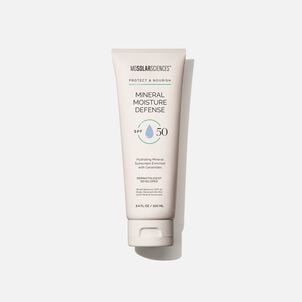
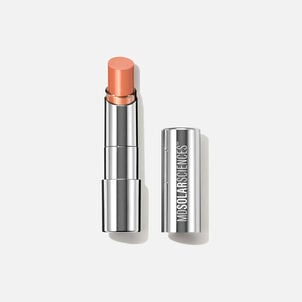
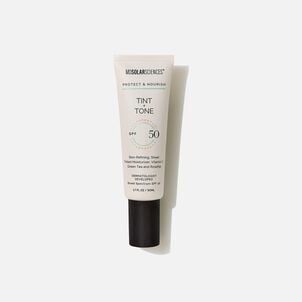
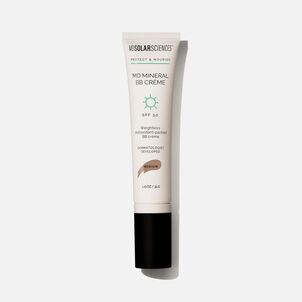
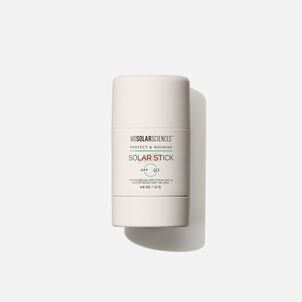
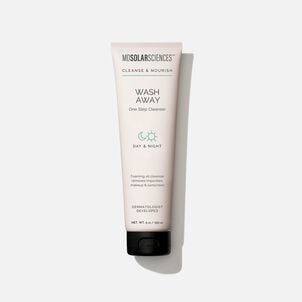
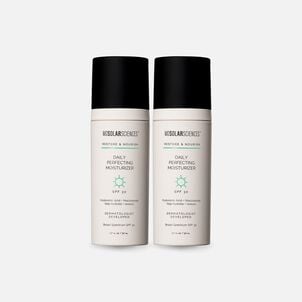
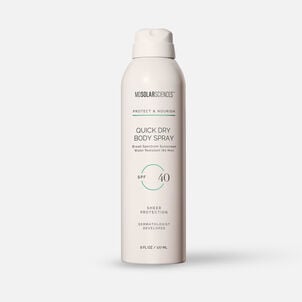
-2b.jpg?sw=302)
